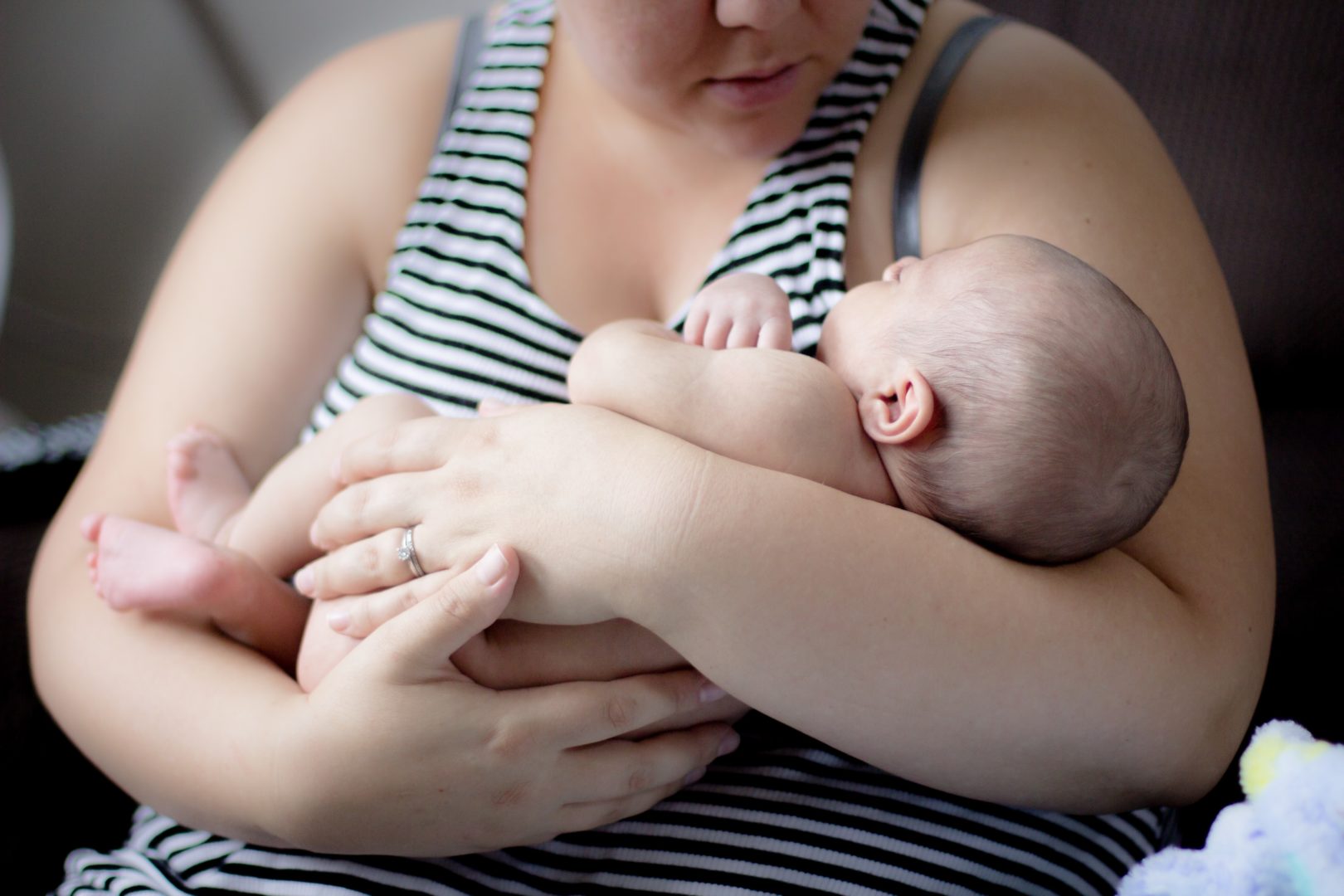We all know that becoming a parent changes your life in more ways than one. But new research released on Monday provides the first real evidence of the long-held belief that being pregnant can actually make your brain change.
According to the study, “Pregnancy Leads to Long-Lasting Changes in Human Brain Structure,” which was published in the journal Nature Neuroscience, pregnancy actually leads to significant structural changes in women’s brains that help them adapt to motherhood. And these changes could last for at least two years.
“Our data provide the first evidence that pregnancy confers long-lasting changes in a woman’s brain,” confirms the study’s primary authors Elseline Hoekzema and Erika Barba-Muller, who led a team of researchers at Universitat Autònoma de Barcelona in Barcelona, Spain.
Researchers relied on Functional magnetic imaging (fMRI) — which is an advanced MRI scanner that measures and maps brain activity — to observe the gray matter in the brains of 25 women before and after their first pregnancies. The study found that there were significant reductions of gray matter in the areas of the brain that are responsible for social cognition: in other words, for “understanding the thoughts, emotions, desires and motivations of others,” according to the Popular Science. The researchers discovered that these reductions actually “predicted measures of postpartum maternal attachment, suggestive of an adaptive process serving the transition into motherhood.”
Contrary to the popular belief about “pregnancy brain,” the study did not find that gray matter loss led to changes in memory or other brain functions during the pregnancies. This led researchers to conclude that the brain’s structural changes most likely happen to help the mother adapt to her child’s needs.
Post-pregnancy testing also included monitoring the women’s neural activity when they were shown pictures of their babies. Researchers found that the regions that showed the strongest neural activity were the same regions that lost gray matter volume across the pregnancy.
“The findings point to an adaptive process related to the benefits of better detecting the needs of the child, such as identifying the newborn’s emotional state. Moreover, they provide primary clues regarding the neural basis of motherhood, perinatal mental health and brain plasticity in general,” said Oscar Vilarroya of the Cognitive Neuroscience Research Unit of the Department of Psychiatry and Legal Medicine at the UAB, in a release.
In order to control for any unforseen variables, the researchers compared the brain scans of pregnant women’s brains to those of first-time fathers, and of women who had never been pregnant. They found that only the pregnant women’s brains changed — and changed significantly — during the study. The gray matter changes also correctly distinguished between the women who had been pregnant from the control groups of women who had not.
“Comparisons involving these groups showed that there were no changes in neural GM volumes in the fathers in comparison to the control group across this time period; the observed brain changes were selective for the women undergoing pregnancy between the brain scans,” the study read.
Given that the brain changes occurred only in the pregnant women, the researchers believe that it’s actually being physically pregnant that causes the brain’s structural changes, not the approaching parenthood experience.
Finally, the researchers followed up with these women two years after the post-pregnancy testing to scan their gray matter. They found that, even after two years, the structural changes that had taken place during and post-pregnancy were still there.
To read the full study, visit the Nature Neuroscience site.






